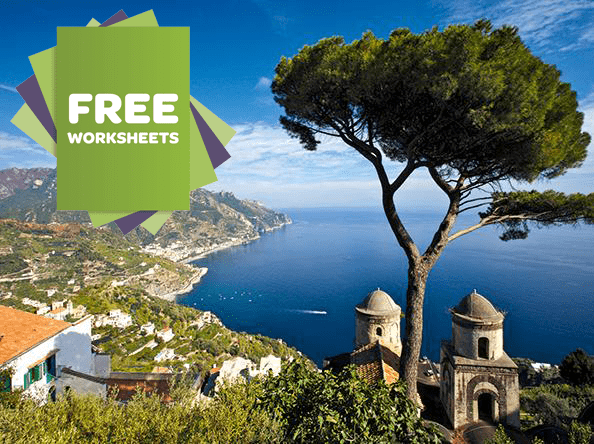Geography School Trip To The Bay of Naples
Students will get to study life in the shadow of Vesuvius, view volcanic and coastal features, and think about tourism and its effect on settlement development on this packed Geography school trip to the Bay of Naples.
Highlights
Walk up the majestic Mount Vesuvius
Explore the Roman city of Pompeii
Spectacular views of the Amalfi coast
Study the natural beauty of Capri Island
Samuel Whitbread AcademyOur top three excursions were Vesuvius, Solfatara and Capri. The students found walking up Vesuvius and the hiring of a guide to venture up the crater the most inspiring.
Suggested itinerary
What's included*
*Please note, entrance fees where applicable are not included in typical price – contact us for more details
Recommended excursions
A hike up to the crater of this famous active volcano provides splendid views and a fresh perspective on the landscape. The whole Vesuvian area was turned into a national park in 1995. Your group can discuss the disastrous eruption of 79AD, which destroyed Pompeii, Herculaneum and Stabiae.
Probably the most famous archaeological site in Italy, Pompeii is located just 25km away from Naples. Life in this rich and prosperous city was dramatically and brusquely interrupted in 79AD when Vesuvius erupted and totally buried it. A visit to the excavations gives students a pretty good idea of what life must have been like here two thousand years ago.
When Mount Vesuvius erupted in 79AD, the city of Herculaneum was engulfed in an avalanche of mud that preserved the buildings and streets. The excavated city today can be explored on foot, giving students a fine example of Roman lifestyles and architecture.
Tip: Herculaneum is a lot less busy than the more famous Pompeii.
Baia was an important Imperial coastal resort in Roman times. It was here that Caligula built a villa & Nero murdered his Mother Agrippina. Seismic activity caused the land to sink beneath the sea submerging parts of the ancient Imperial city. Take a guided trip on a glass bottom boat to see the ruins which are now a marine archaeological park. The boat trip is available from March to early November weather depending.
A ferry trip from Sorrento to the Island of Capri gives students a great opportunity to observe the geography of the coastline from a different perspective. The island is famed for its lemon groves, natural beauty and expensive boutiques, with highlights including the impressive Villa San Michele.
The Amalfi coastline is listed as a UNESCO world heritage site, offering steep rugged cliff tops adorned with lemon groves, beautiful vineyards and picturesque villages such as Ravello, Amalfi and Furore. This is a magnificent setting with views of the sea and fine examples of architecture, geography and historical monuments.
Sorrento has grown from a small fishing village to one of the largest tourist destinations along the Amalfi Coast. Winding stone stairways lead to piazzas that are filled with the sound of traditional Italian. Enjoy stunning sea views, pick up souvenirs and watch the world go by.
Located close to the ruined city of Herculaneum, this multi-sensory experience recreates a vision of the region before the eruption of Vesuvius in AD 75. Through technology including 3D reconstruction, holograms, synchronized multi-projections and hypersonic sound, the sites of Pompeii, Herculaneum, Baia, Stabiae and Capri are brought to life. This visit can be combined with Herculaneum or Mount Vesuvius.
This resource pack will get your students thinking like Geographers at key sites on your Bay of Naples tour and will help them appreciate both what they’re doing and why they’re doing it. Each resource covers a range of topics, which include natural hazards, coasts, sustainability, tourism, economic and urban geography. Full pack available free of charge for confirmed bookings, with sample sheets available.
Enhance your students experience at Pompeii and see the ancient city in a new and exciting way. At key points of interest put on your Virtual Reality headset and travel back 2,000 years in time. The streets, temples, theatres, markets, shops and houses come to life before your eyes in 3D and in 360°. The visit will be accompanied by tour assistants to help with the equipment. It is also possible to add a qualified guide.
This is the oldest Greek settlement on mainland Italy known as Magna Graecia and was founded in the 8th or 9th century BC. Excavations in the early 20th century unveiled ancient crypts, tunnels and caves. The ruins abound with Greek mythology including Virgil’s tale that it was here the Cumaean Sibyl directed Aeneas to Hades. The Temple of Apollo is built on the site where Daedalus is said to have flown in Italy escaping King Minos in Crete. At the top of the ancient acropolis are the ruins of the Temple of Jupiter.
This is the third largest amphitheatre in Italy and it is likely the structure was built by the same architects who built the Coliseum in Rome. The original interior is largely preserved thanks, in part, to the Solfatara volcano which partially buried the amphitheatre. This is a great location for pupils studying Roman history.
One of Italy’s most charming cities, Naples is stepped in rich history and iconic sights. Students are encouraged to work in teams to collect keys and be in with a chance of unlocking the winning box. Iconic places included in the quest are Castel Nuovo, Galleria Umberto and Fontana della Immacolatella. An enjoyable mix of treasure hunt-style clue solving and team activities keep students engaged until the very end. Enrichment or MFL version available.
A self-guided walk takes students on a discovery of the wonders of the popular seaside resort. The quest, punctuated with a wide range of head-scratching tasks and challenges, takes in many fascinating sights Porta de Serrans, Plaza de la Virgen and Mercado Central. An enjoyable mix of treasure hunt-style clue solving and team activities keep students engaged until the very end. Enrichment or MFL version available.
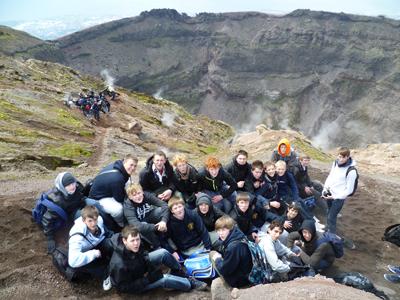
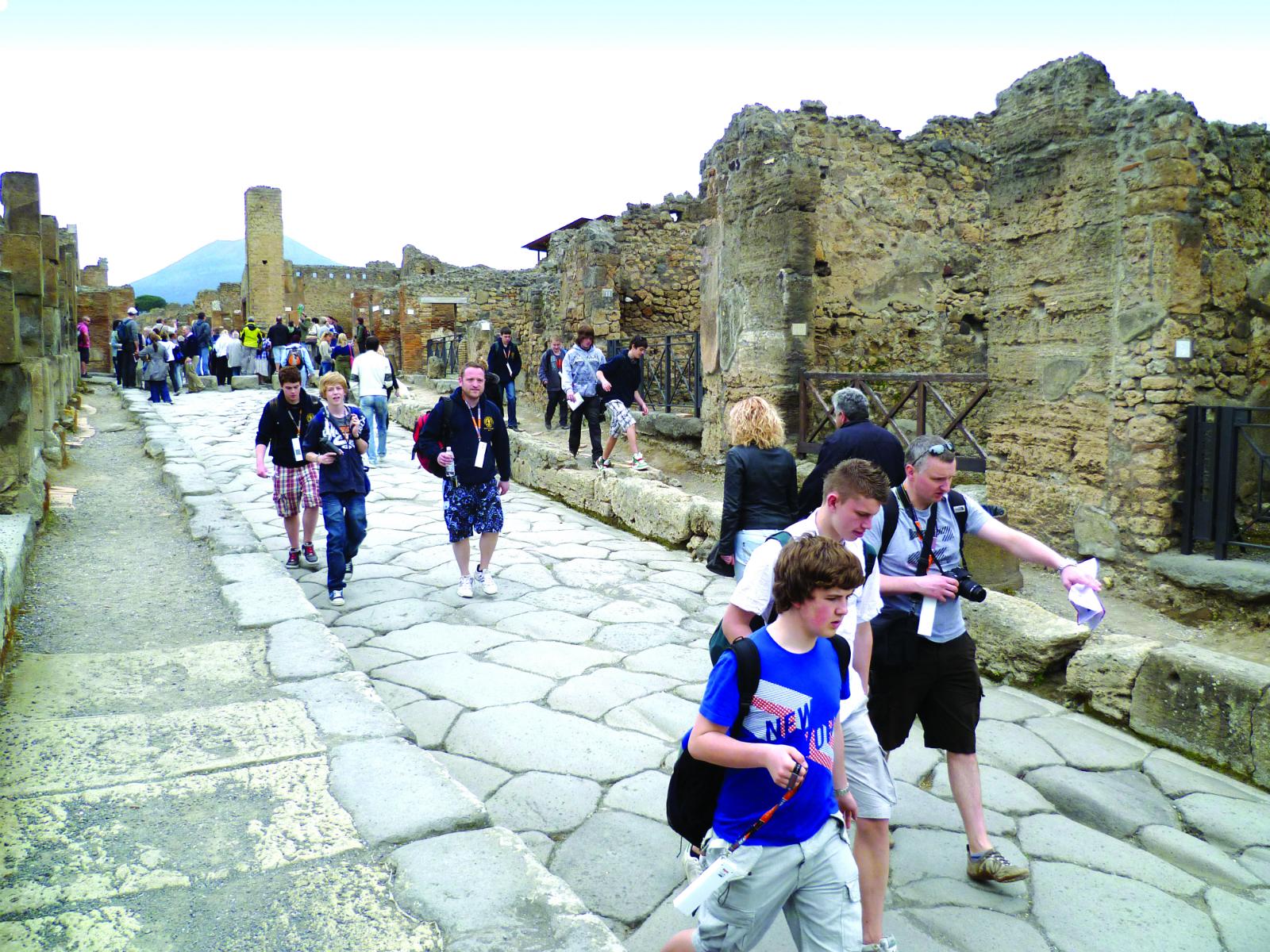
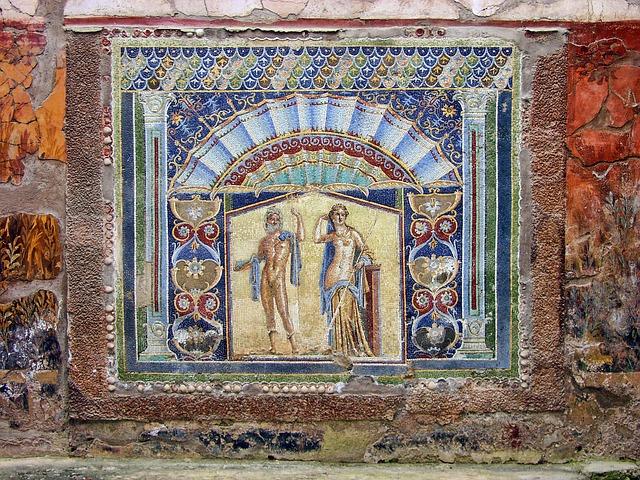
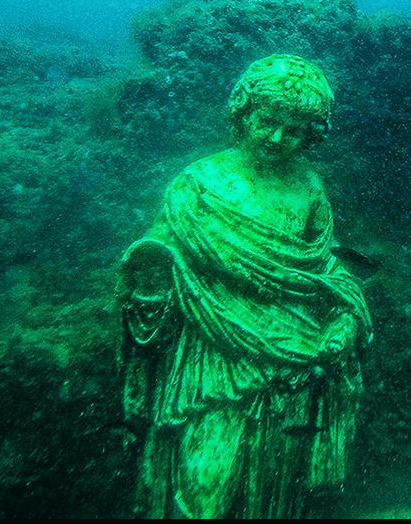
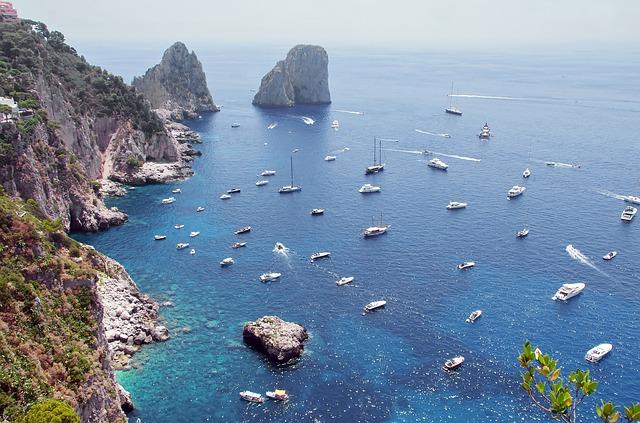
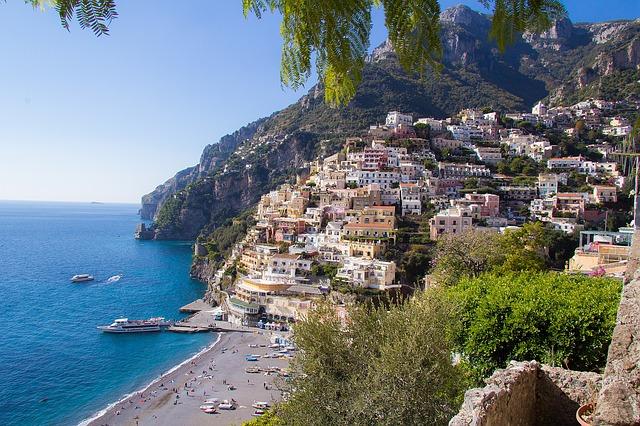
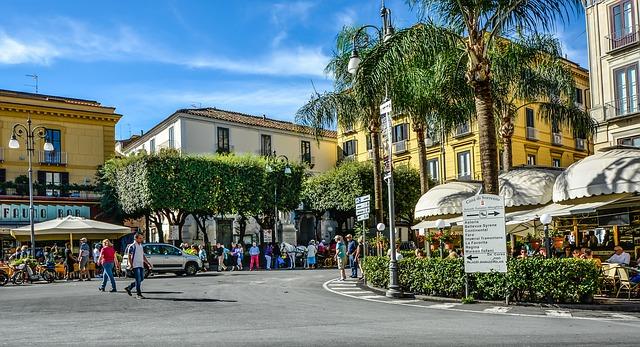
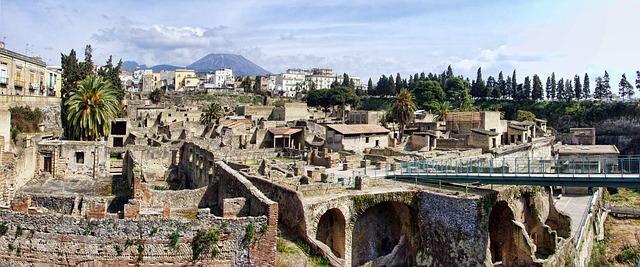
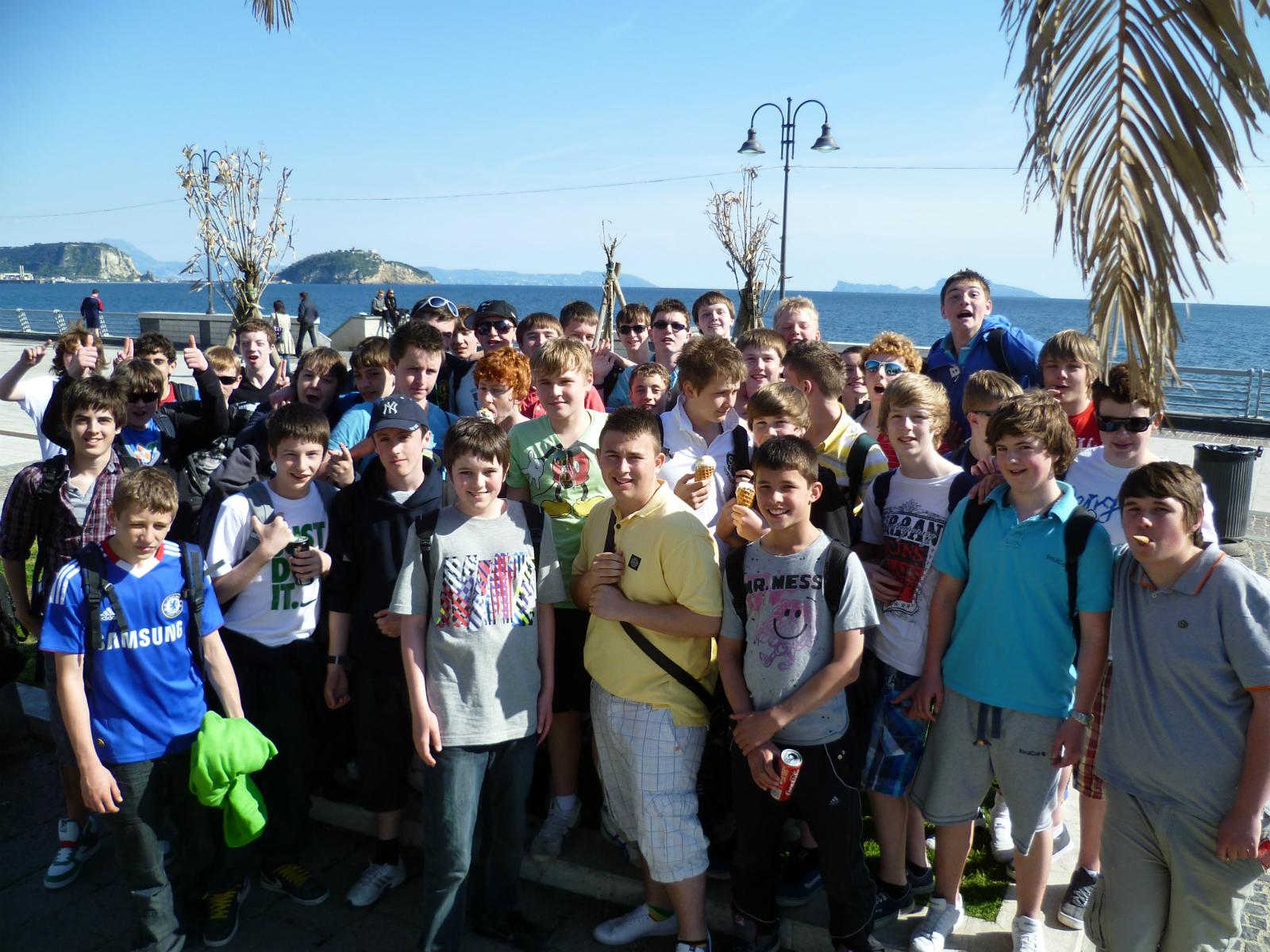
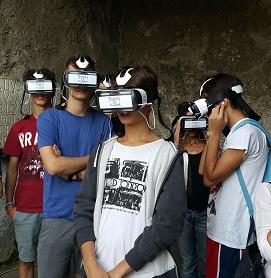
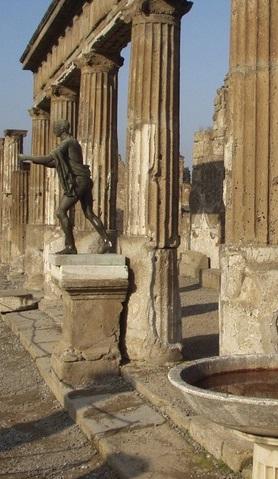
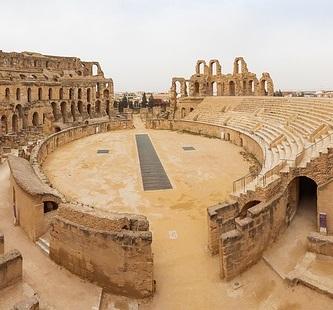
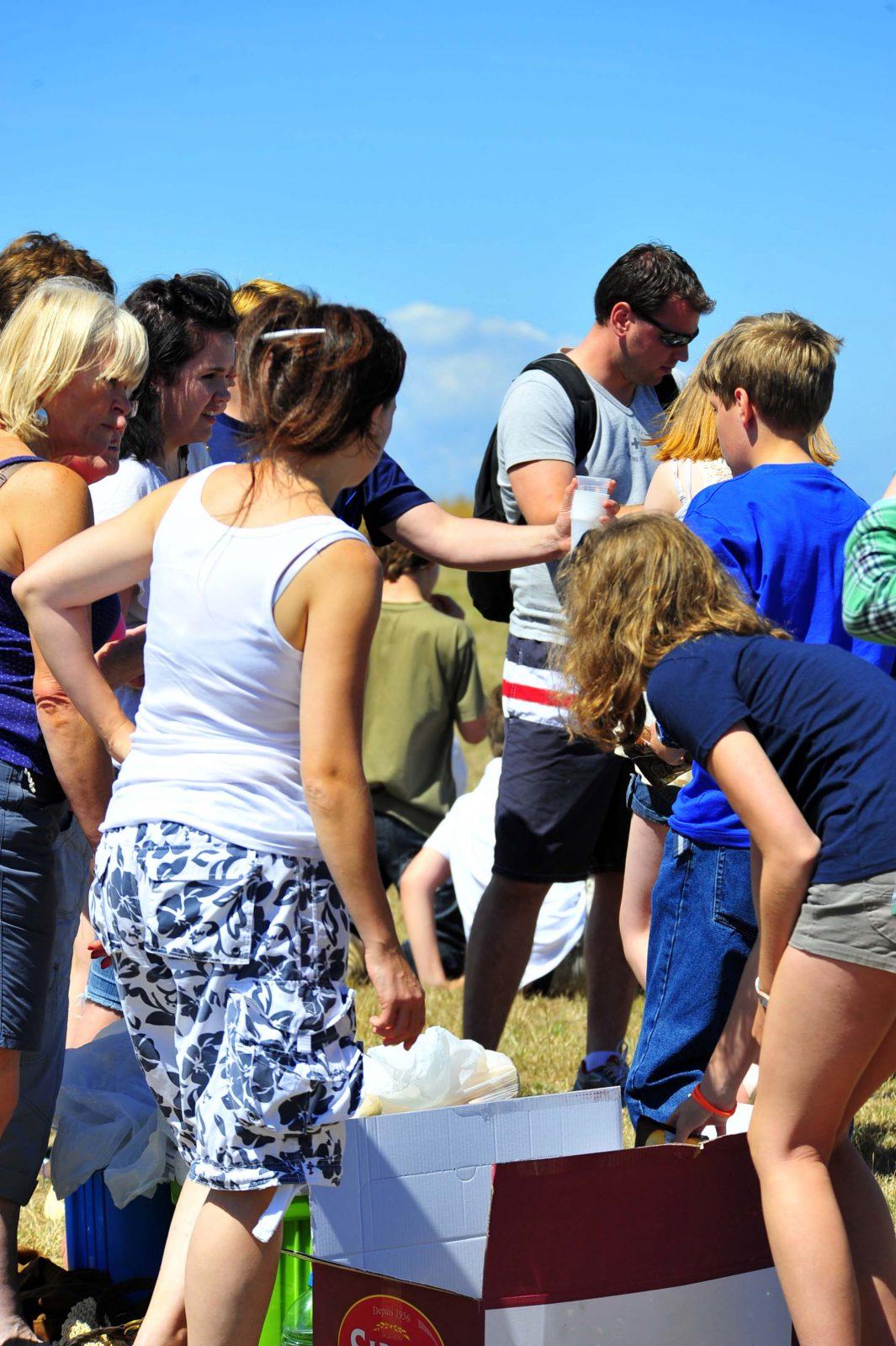
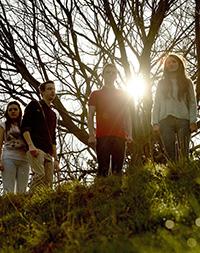
Typical accommodation
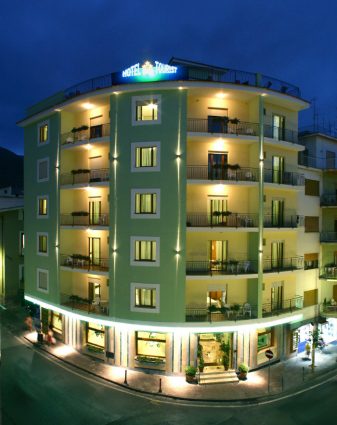
Why groups like it:
Facilities:
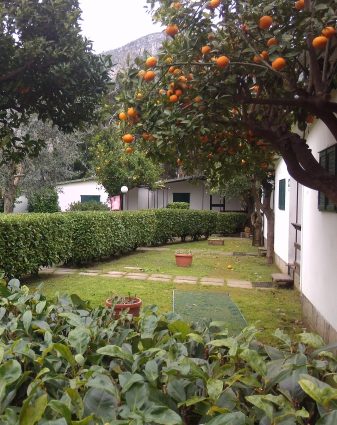
Why groups like it:
Facilities:
Geography learning outcomes
Subject focus
Students can:
- Study volcanic hazards, including ash flow, lava flow and gaseous emissions
- Study plate tectonics, geology and continental drift, bradyseismic uplift and subsidence
- Study geothermal activity and tourism
- Study Mediterranean agricultural methods and lifestyle
- Learn about archaeology, excavations and Roman history
- Study local tourism and sustainability issues
- Undertake a case study: ‘Why do people live near volcanoes’?
Student Outcomes
Students will have had an opportunity to:
- Experience a still active volcano by walking up it
- Understand the impact of life in the shadow of an active volcano (Pompeii and Herculaneum)
- Understand local communities and the reasons they choose to live in a hazardous landscape
- Evaluate the effects of tourism on the local community and landscape
- Carry out field research in a spectacular setting
Book your Bay of Naples trip with us and receive a FREE educational pack
Containing resources to help support geography curriculum goals, these worksheets focus on areas tailored to your trip. Covering a range of topics, including natural hazards, coasts, sustainability, tourism, economic and urban geography, your students will be able to extend their understanding against a backdrop that allows for exploration and investigative enquiry.
The worksheets, combined with working in line with the GCSE scope of study, are designed to support progression from key stage 3 national curriculum requirements to future study into A level.
Worksheets available:
- Naples
- Sorrento
- Herculaneum
- Pompeii
- Vesuvius
- Campi Flegrei
- Amalfi
- Capri
Contact us now to book
